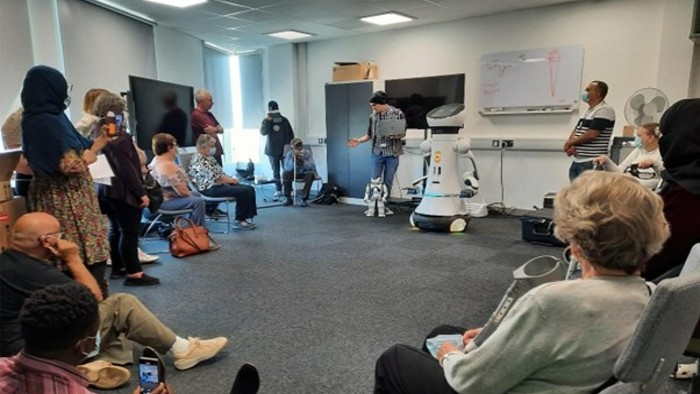In this story
Explore the people, themes, departments and research centres behind this story
People
Prof Paul BinghamResearch centres
Materials and Engineering Research Institute Industry and Innovation Research InstituteDepartments
Department of Engineering and MathematicsContact us
For help with a story or to find an expert
Email: pressoffice@shu.ac.uk
Phone: 01142 252811
On social media
New glass sensors could make commercial nuclear fusion viable

In this story
Explore the people, themes, departments and research centres behind this story
People
Prof Paul BinghamResearch centres
Materials and Engineering Research Institute Industry and Innovation Research InstituteDepartments
Department of Engineering and MathematicsContact us
For help with a story or to find an expert
Email: pressoffice@shu.ac.uk
Phone: 01142 252811


